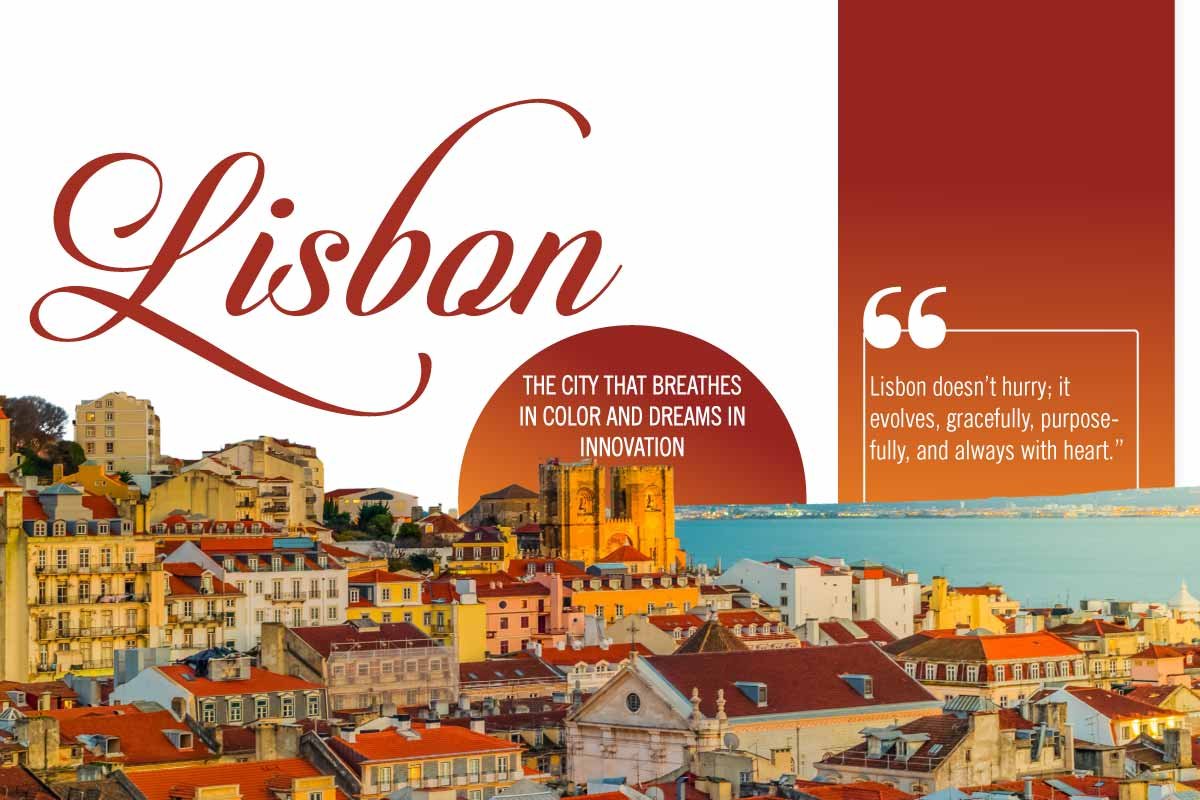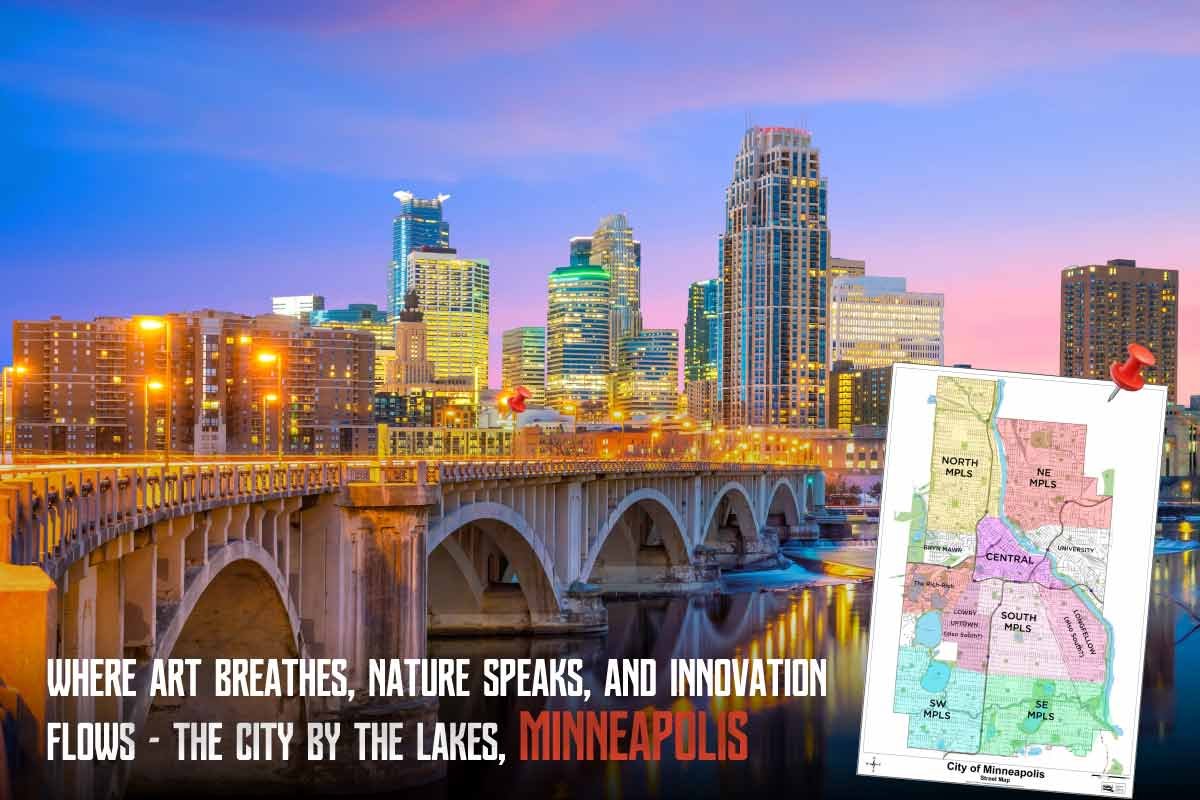Did you know that the world’s largest Gothic cathedral is situated in Seville? This incredible city, stepped in history and culture has much more to offer beyond its impressive cathedrals. From the iconic Torre del Oro, which served as a defense tower, to the stunning Real Alcázar, the oldest royal palace, the city is filled with fascinating sights. Whether you’re exploring its charming streets or enjoying food the city promises to give you a memorable experience.
In this article, you will learn about the rich and fascinating history of the city, some of its interesting facts, and a brief guide on how to explore it.
Where is Seville Located?
The city is located in the southern part of Spain, in the region of Andalusia. It sits along the Guadalquivir River, about 80 kilometers (50 miles) from the Atlantic Ocean. The city is surrounded by beautiful landscapes, including hills and olive groves, making it an important cultural and economic center in Spain.
Key Events You Should Never Miss

Seville hosts vibrant festivals that showcase its rich culture and traditions. From the emotional Semana Santa to the lively Feria de Abril, these key events offer unforgettable experiences for visitors. In case you want to relocate to Seville, it’s helpful to learn some Spanish and understand the local housing market. Immerse yourself in the city’s unique atmosphere and heritage!
| Events | Description |
| Semana Santa (Holy Week) | This event takes place during Holy Week, usually in March or April, to celebrate the resurrection of Jesus Christ. It features beautiful processions with stunning floats, regional brotherhoods, and traditional music. |
| Feria de Abril (April Fair) | This colorful fair event takes place after two weeks of Holy Week. People gather to enjoy flamenco dancing, music, tasty food, and traditional costumes. |
| Noche en Blanco | This special event happens in May month, allowing visitors to explore the city’s night culture. Many museums, galleries, and historical sites stay open late, often for free with special activities. |
| Corpus Christi | This religious festival is celebrated after 60 days of Holy Week in May or June and features processions with beautiful flowers and decorations. |
| Festival de Cine Europeo | This festival showcases the best of European cinema, featuring a diverse selection of films from various countries. This annual event includes screenings, panel discussions with filmmakers, and awards, celebrating talent and creativity in the film industry while bringing together cinema lovers and professionals. It takes place in the November month. |
| Las Noches en los Jardines del Alcázar | This event runs during the summer months from June to August. During this festival, the gardens of Alcázar Palace come alive with outdoor concerts. These performances often include classical music and flamenco shows. Visitors can get a memorable experience here especially who loves music and art. |
Rich and Fascinating History
Seville has a long and exciting history that goes back over 2,000 years, shaped by many different cultures and events. Here’s a simple look at its journey from ancient times to today:
- Ancient Times: It began as a Phoenician and Roman city, known as Hispalis. Nearby Italica, the birthplace of Roman emperors, still reflects its Roman roots.
- Moorish Rule (711-1248): Under Moorish control, it thrived as a cultural and trading hub. Iconic landmarks like the Alcázar and the Giralda tower were built during this period.
- Christian Reconquest (1248): It was reclaimed by the Christians, transforming many Moorish structures, including the Giralda, into the city’s Gothic Seville Cathedral.
- Golden Age (16th Century): The city became a wealthy trade center following Spain’s discovery of the Americas, building impressive landmarks like the Plaza de España.
- Cultural Rise: Even after its trading power declined, it remained a cultural hub, known for flamenco and producing artists like Diego Velázquez.
- Modern Day: The city today is a vibrant city blending its rich history with modern life, famous for its stunning architecture, festivals, and cultural heritage.
Interesting Facts About Seville You Didn’t Know
The city is full of history and culture, with interesting landmarks and traditions. From the historic Torre del Oro and the beautiful Real Alcázar to the lively flamenco scene and modern sights like the Metropol Parasol, there’s so much to explore in this vibrant city!
- The Torre del Oro, or Tower of Gold, was built in the 13th century to defend the city. It now houses a maritime museum and symbolizes the city’s rich history.

- The Real Alcázar in the city is one of the oldest royal palaces still in use. It has a mix of architectural styles and was featured in the TV series Game of Thrones.
- The city is known as the birthplace of flamenco, a passionate art form that combines singing, dancing, and guitar. It hosts many flamenco festivals and shows.
- The Plaza de España in the city is a beautiful square built for the Ibero-American Exposition in 1929. It has a large, curved building, colorful tiles representing different Spanish provinces, and a charming canal, making it a favorite place for visitors and locals.
- The city is home to the famous Metropol Parasol, also known as “Las Setas” (The Mushrooms). This modern wooden structure is one of the largest in the world and features a rooftop walkway that offers amazing views of the city, along with a market and archaeological museum below.
➤ Travel tips
If you’re planning to visit Seville for the first time, keep these things in mind so you do not face any hurdles and make the most of your trip.
➤ Currency
The currency runs in the city is Euro (€). It would be better if you carry some cash for small expenses, sometimes credit cards are not accepted. ATM’s are widely available to withdraw cash.
➤ Best time to visit
Spring is the best time to visit the city and enjoy fun festivals like Semana Santa. Try to avoid planning for summer because it gets very hot, it would be a waste of time and money.
➤ Local Etiquette
People in the city are generally friendly. Learning basic Spanish can help you travel easily. A kiss on the cheeks is common when greeting friends.
➤ Transports
The city is great for walking but if you want to cover long distances bikes are available for rent. Buses and trams are cheap and easy to use if you need them.
➤ Must-See sights
Don’t miss the Alcázar Palace, Seville Cathedral, and Plaza de España. If you want to avoid standing in the long queue, you can book tickets online to save your time and energy.

➤ Food to try
Seville is famous for its tapas, like jamón ibérico and espinacas con garbanzos (spinach with chickpeas). You’ll also find salmorejo, a creamy chilled tomato soup, and the deliciously crispy pescaito frito (fried fish).
➤ Stay hydrated
It can get hot, especially in the summer months, so for the safe side to avoid any health problems carry water. There are many public fountains here that have drinkable water.
➤ Hotels for rest
The city offers a range of accommodations, from budget hostels to luxury hotels. Some popular options include Hotel Alfonso XIII (luxury), Hotel Casa 1800 (boutique), and Hotel Murillo (budget-friendly). It would be better to book your seats in advance, especially during festive seasons.
Conclusion
Seville is a city that mixes its rich history with modern life, offering visitors a unique experience full of culture, beautiful buildings, and lively traditions. From the famous Gothic cathedral to charming streets with tapas bars, there’s always something new to explore. Make sure to visit the city’s iconic landmarks, enjoy its lively festivals, and try its delicious food.


















